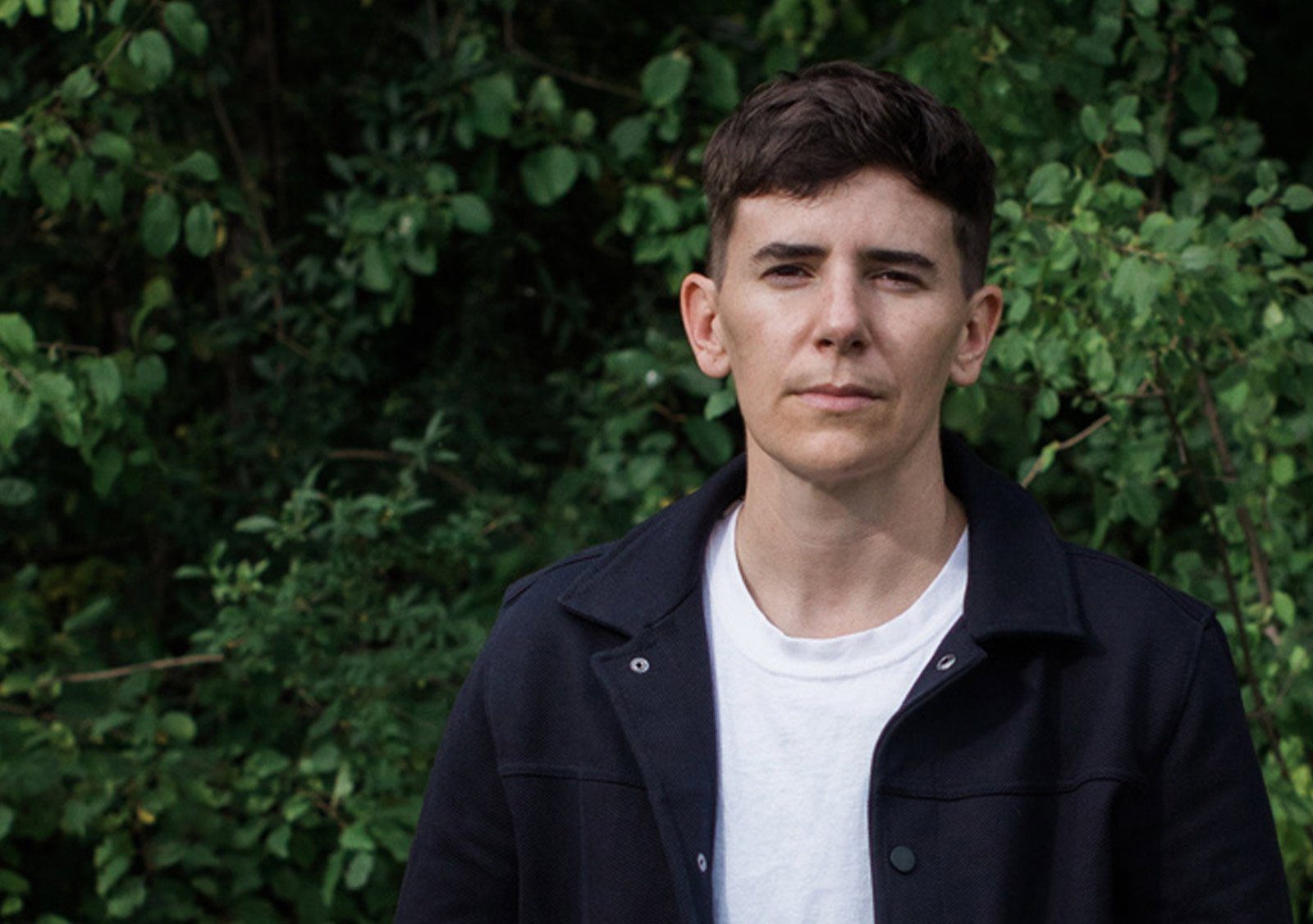Growing up in the Basque Pyrenees, north of Spain, Laida Aguirre’s work was shaped by a family culture of constantly reusing resources and radical recycling. Raised by a grandmother known to never throw anything away, Aguirre recalls that plastic containers were hand sewn after they cracked and shampoo bottles were repurposed as salad dressing containers. “Squeezing value of out of objects got ingrained in me as a way of functioning in the world that simply makes more sense,” they said.
Since then, Aguirre, an assistant professor of architecture at Taubman College, has been celebrated for their innovative way of reusing materials as the architectural designer and director of stock-a-studio. One of Aguirre’s most significant projects involved using a $200 credit from Home Depot to purchase materials to create a project. They then dismantled the project, returned the materials, and purchased new ones for another creation.
Arriving in the U.S. at the age of 17, Aguirre was fascinated by big box stores that have 90-day return policies and that don’t exist in their home country. “I saw an opportunity to use that lag time as a way to create access to resources that otherwise I couldn’t afford,” they said. Over the course of three years, Aguirre created 600 images that were captured in photos and shared on an Instagram account that attracted 10,000 followers. Each creation was designed so it could be easily taken apart; for example, Aguirre used bolts instead of nails. That’s because they’re most interested in architecture that can be easily “unbuilt” once it’s built. The goal is to “assemble them in such a way that they lend themselves toward unmaking themselves, and taking parts from them makes them reusable,” they said.
The project demonstrated a vehicle for producing designs in a cost-effective way, a necessary tool for early-career designers. “This became a crowdsourced project rather than one that was sponsored and funded by an institution,” Aguirre said. “So for students or for people trying to gain entry into the field, it’s a template for how to make work even when you don’t have funding.” Also, it sheds light on the importance of designers’ responsibility as builders of the environment, including thinking through the full design process. Aguirre believes architects are “responsible for the things that we build coming down” and being reusable. “There’s a sort of material strategy that goes with this thinking that things get assembled, rather than constructed,” so they’re easier to disassemble and ultimately reuse, they said.
Aguirre said there’s been too much focus on “newness” and fast production cycles that can lead to discarding what’s old and purchasing new items. This is especially problematic with big items like architecture or furniture. “It’s the idea that every time we move, we get the lowest-grade IKEA line over and over,” instead of purchasing and maintaining higher-quality items. Advertising plays a significant part in perpetuating the continual pursuit of new items, they said. According to the Environmental Protection Agency, the disposal of so much furniture “is one of the biggest environmental fiascos of our times,” Aguirre noted. While Aguirre is not against “newness,” they believe there are smarter ways of creating designs so they’re not quickly trashed but rather are passed on to others, recycled, or repurposed.
Aguirre’s newest endeavor stemmed from the fast furniture problem. Called someparts.parts, they have been creating perpetually reusable structures that can evolve infinitely. “I think about it as scaffolding for daily life,” said Aguirre, who is creating material kits to design small architectures such as sheds and greenhouses, as well as furniture that becomes multi-functional. “So this thing that is one day a bedframe for a child can become a coffee table, or a shelf for plants once the kid grows up.”
They received an XR grant in February from U-M’s Center for Academic Innovation for a project that will use XR to create more intuitive ways of communicating the architectural experience to audiences outside of the discipline. Recently, Aguirre — who first came to Taubman College as the William Muschenheim Fellow in 2017 — received a fellowship from the Canadian Centre for Architecture to participate in the “The digital now: architecture and intersectionality” project. Aguirre will research how digital tools can reduce material excess, exploring how those tools play a part in reusing and recycling strategies.
The topics of Aguirre’s research are the subjects of their teaching. “What I’m passionate about is what I, at that moment, am talking about, and they can tell that,” they said of their students. “My students can see examples of what we are doing in class reflected in the world at large, which makes the work feel relevant and I hope has an energizing effect.”
Aguirre appreciates the opportunity to be able to teach both graduate and undergraduate students. They have found that graduate students “carry the anxieties of our times, and it becomes imperative to involve contemporary issues into the curriculum because they bring a lot of tacit knowledge with them. I see it as my job to applying that knowledge to the architectural medium.”
At the same time, Aguirre finds teaching undergraduate students to be refreshing, as they carry with them “a nimbleness and a lightness of mind. They bring a positivity that can be contagious.”
—Julie Halpert





